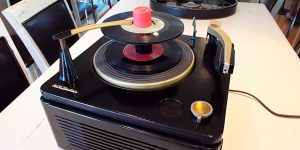In the captivating world of vinyl collecting, not every old record is a coveted first pressing. It’s a common misconception that age is the defining factor; in reality, many records were crafted well after the initial release. If you find yourself pondering “How to tell if a record is a first pressing?” you are certainly not alone. Distinguishing a genuine first pressing from later editions can be both an art and a science, encompassing a keen eye for detail and a touch of historical knowledge. In this guide, we delve deep into the nuances that characterize first pressings, offering you a comprehensive toolkit to ascertain whether that “vintage” record in your collection is, indeed, the real deal.
What is a reissue pressing?
A vinyl reissue pressing refers to the re-release of an album, typically occurring some time after the original production period. These pressings are not merely repetitions of the originals; they may encompass notable differences that can range from the tracks featured to the inclusion of bonus material that wasn’t part of the initial release. Moreover, reissues sometimes diverge from using the original master recordings, opting instead for different sources that can subtly alter the sound or overall listening experience.
These variations might manifest in several ways, including the sourcing of the masters, distinctive packaging choices, and even differences in the thickness and the quality of vinyl used, offering a unique allure or added value to collectors and enthusiasts. It is also important to note that the motivations behind reissues are varied – they can be purposed to correct errors in the original pressing, revitalize the availability of renowned albums to the public, or introduce special editions with augmented features.
Telling if a record is the first pressing
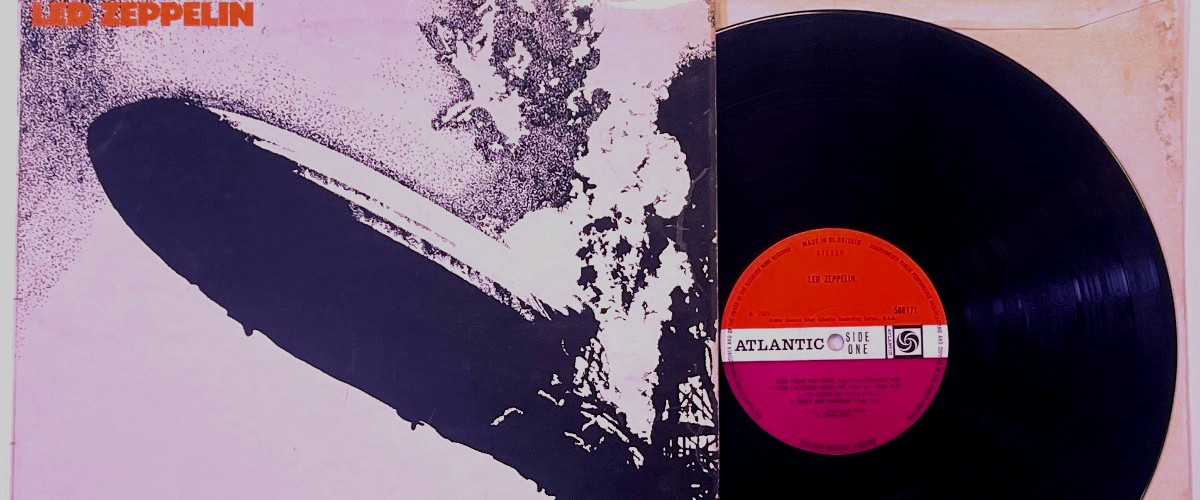
Check out the look of the vinyl
One of the easiest ways to tell if a record is a first pressing is by looking at the vinyl itself. First pressings will often have thicker, higher-quality vinyl than later pressings. You can also look for any surface imperfections on the record. These are usually more common on second and third pressings, as the molds used to make the records wear down over time.
Check the label for printing differences
If doubts persist, a reliable method to ascertain if vinyl is a genuine first edition involves closely examining the label for unique features. Initial editions, for instance, might showcase variations in fonts, colors, or overall design compared to their subsequent counterparts. Additionally, keep an eye out for any inconsistencies or mistakes on the label; these tend to be rectified in later editions or releases.
Check edition numbers
Should the vinyl belong to a limited-release batch, discerning its place in the sequence often lies in the serial number. Typically, first editions have lower serial numbers due to their limited production runs. For instance, within a collection limited to 1000 units, the first pressing might span serials 1-250, followed by the next batch ranging from 251-500, and so forth.
Barcode numbers can also help
Barcode numbers vary between different editions, offering a sneak peek into the lineage of the record in question. You can locate the barcode on either the back of the record jacket or directly on the label. To further enhance your verification process, you might consider researching the specific barcode trends and patterns associated with particular eras or record companies.
Catalog number prefixes can indicate the pressing
Another way to tell if a record is the first pressing is by looking at the catalog number. Inaugural editions will often have different prefixes than later ones. For example, the first pressing of a record might have the catalog number “RLP-1”, while the second pressing might have the catalog number “RLP-2”.
Check the presence of the initials of the master engineer
The initials of the master engineer are another way to check vinyl pressing. These initials are usually etched into the runout groove of the record, which is the area between the end of the music and the beginning of the label. The initials will be different on each pressing, so you can use them to track which pressing is which.
Listen for quality differences
Identifying a first pressing can also be an auditory experience. Typically, first pressings boast superior sound fidelity due to their premium materials and precise production. Listen for nuanced variations in the mix, such as clearer instrument separation or subtle shifts in tonal balance. A side-by-side comparison with reissues can illuminate these distinctive qualities, helping discern the authenticity of the pressing in question.
Check the runout matrix
The final way to tell if a record is the first pressing is by checking the runout matrix. The runout matrix is the etching on the vinyl itself that includes information such as the album’s catalog number and the engineer’s initials. First pressings will often have a different matrix than later pressings.
Comparing first and second pressings
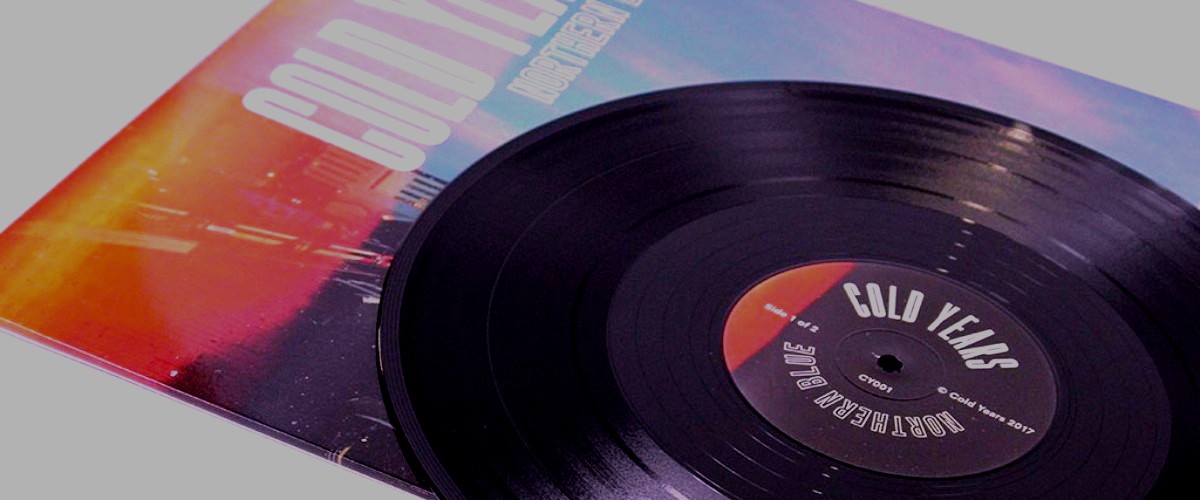
Having explored various strategies to identify a record’s first pressing, it’s fruitful to directly compare it with second pressings to appreciate the differences vividly.
First pressings often distinguish themselves through nuanced superiority – the vinyl might be thicker, embodying a richer sound quality. Additionally, they generally feature lower matrix numbers compared to their second-pressing counterparts.
However, it’s worth noting that the discrepancy between the two can fluctuate significantly across albums. While some albums manifest pronounced distinctions, others might exhibit only marginal differences. In essence, first pressings generally hold a higher pedigree in terms of both quality and value, making them a treasured choice for collectors seeking the finest editions.
For beginners embarking on their vinyl collecting journey, second pressings present a viable and more affordable alternative. While they may lack the rarity and premium quality of first pressings, they still offer an excellent auditory experience. Remember, venturing into a vinyl collection is a personal journey, where the finest copy is often one that resonates most with you.
Does sound quality change over the years?
A prevalent myth surrounding vinyl is the gradual deterioration of sound quality over the years. This isn’t necessarily the case – vinyl records, inherently designed to endure, can retain their pristine auditory essence for decades, mirroring their original glory.
The key to longevity lies in meticulous maintenance. Proper cleaning and storage can ward off potential degradation, ensuring a persistent excellent sound quality that transcends time.
However, it’s pivotal to note that the quality of sound is closely tethered to the quality of the vinyl. Opting for first pressings, known for their premium material quality, is a wise choice for those seeking an unparalleled sonic experience, safeguarding against potential degradation over time.
Conclusion
There’s no wrong way to collect vinyl. If you find a first pressing that you love, don’t hesitate to buy it. After all, there’s nothing like owning a music history piece. First pressings are the original copies of an album, and they’re often highly sought-after by collectors.
But if you’re starting, you may want to focus on second pressings instead. They’ll be more affordable, and they’ll still sound great. Whichever way you choose to go, happy collecting!

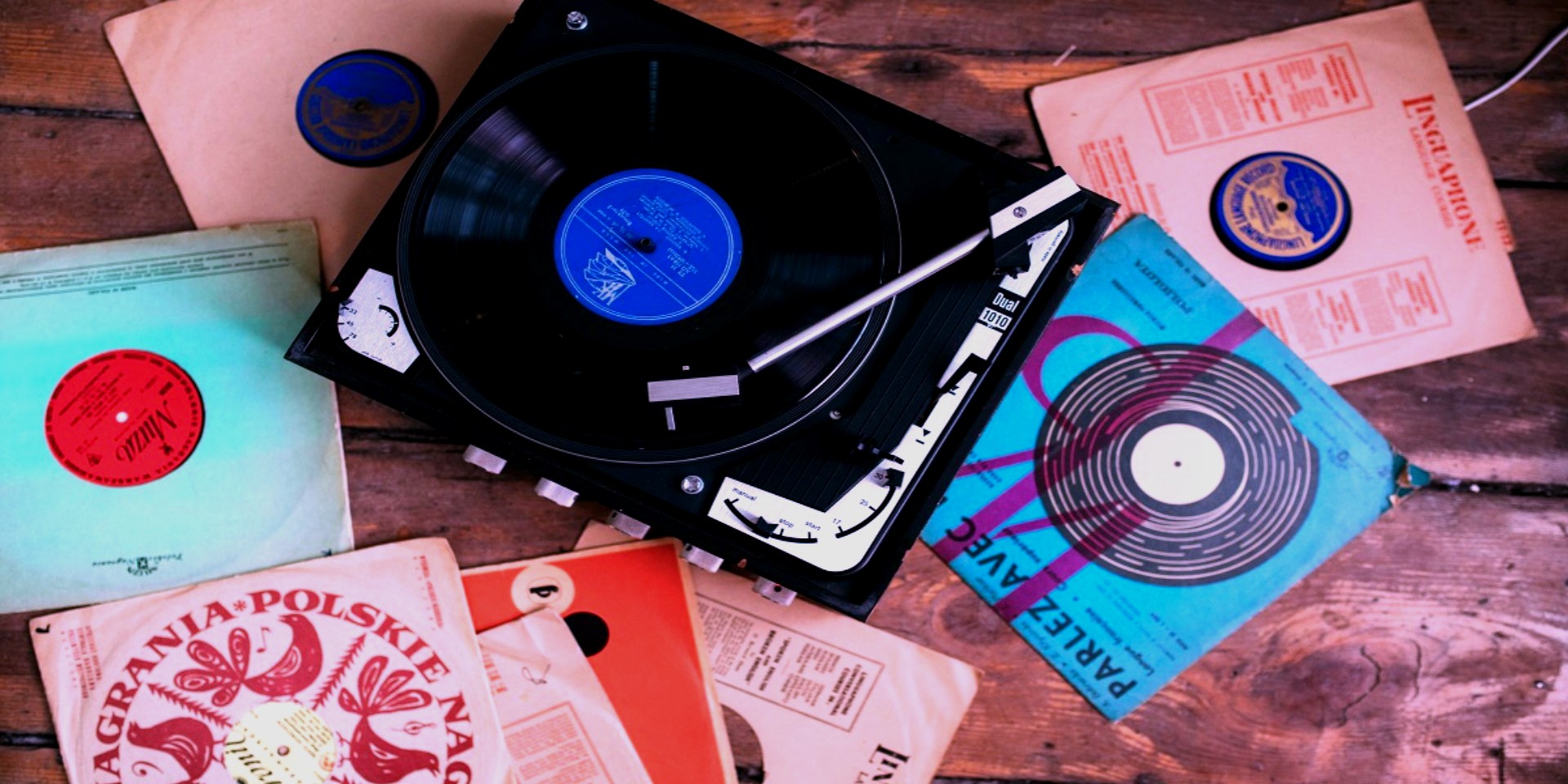
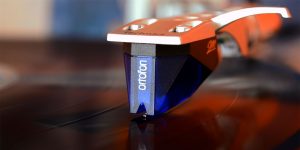

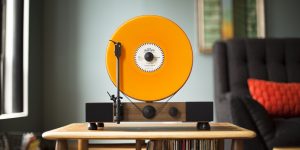
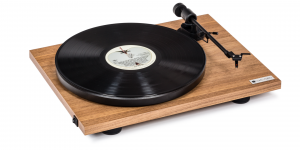
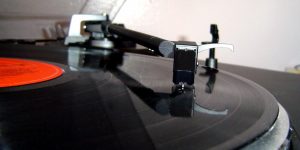
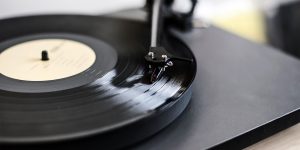
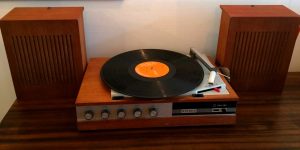
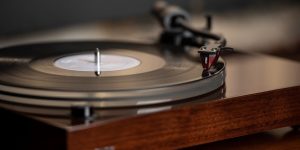

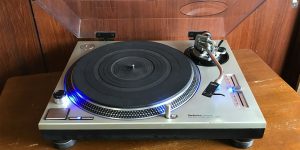
![Connect a Turntable to Your Wireless Bluetooth Speakers [Easy Guide]](https://www.vinylrecordday.org/wp-content/uploads/2021/12/tuntable-and-sonos-speaker-300x150.jpg)
